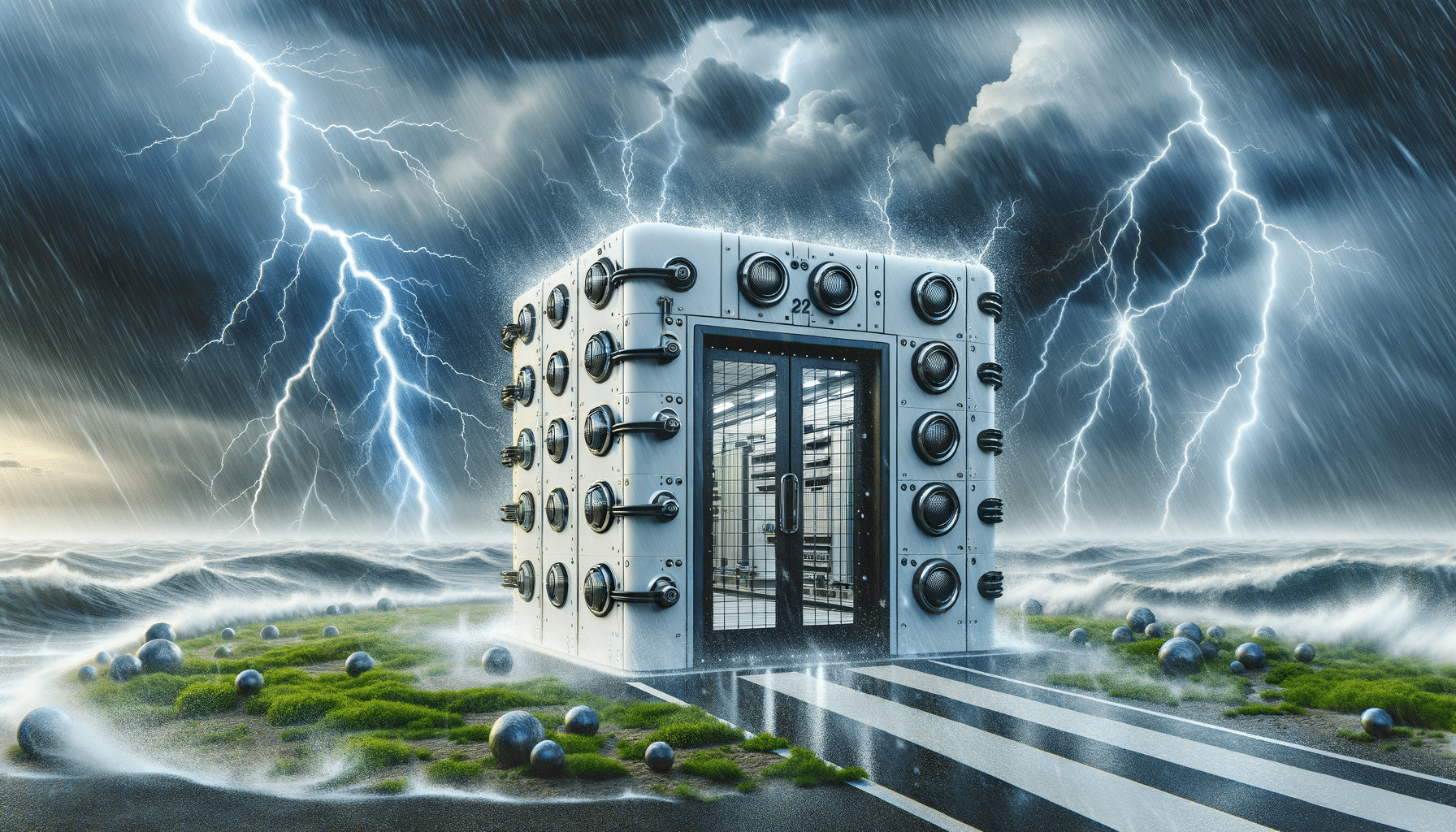
Secure in the Storm: Your Guide to Choosing a Reliable Shelter
Understanding the Need for a Storm Shelter
In recent years, the frequency and intensity of extreme weather events have escalated, making storm shelters an essential consideration for homeowners. Tornadoes, hurricanes, and severe thunderstorms can strike with little warning, leaving devastation in their wake. A well-constructed storm shelter provides a safe haven during these events, significantly reducing the risk of injury or death. According to the National Oceanic and Atmospheric Administration (NOAA), tornadoes alone cause an average of 70 fatalities each year in the United States. The presence of a storm shelter can be a life-saving investment, offering peace of mind to families in vulnerable areas.
Storm shelters are not just about survival; they are about ensuring comfort and security in the face of nature’s fury. These structures are designed to withstand high winds and flying debris, which are common during severe storms. By having a designated safe space, families can react quickly and efficiently, minimizing panic and confusion. Moreover, storm shelters can add value to a property, making them a wise investment for the future. As climate patterns continue to shift, the importance of having a reliable storm shelter becomes increasingly apparent.
Types of Storm Shelters: Above-Ground vs. Below-Ground
When selecting a storm shelter, one of the first decisions to make is whether to choose an above-ground or below-ground option. Each type has its own advantages and considerations that can influence the decision based on individual needs and circumstances.
Above-ground storm shelters are typically constructed from steel or reinforced concrete and are designed to be installed in a garage or on a concrete slab. These shelters are accessible for individuals with mobility issues, making them a practical choice for elderly family members or those with disabilities. Above-ground shelters are engineered to withstand the same wind speeds as below-ground options, offering robust protection.
Below-ground storm shelters, often referred to as storm cellars, are installed underground, either in a yard or beneath a garage. These shelters provide excellent protection from flying debris, as they are completely enclosed by earth. However, accessibility can be a concern, particularly in areas prone to flooding, as water can seep into the shelter. Additionally, entering a below-ground shelter may be challenging for individuals with limited mobility.
Ultimately, the choice between above-ground and below-ground shelters depends on factors such as location, budget, and personal preference. It’s essential to weigh the pros and cons of each type to determine which option aligns best with the household’s needs.
Key Features to Consider When Choosing a Storm Shelter
A storm shelter should be more than just a reinforced box; it should be a well-thought-out space that ensures safety and comfort during extreme weather events. When selecting a storm shelter, consider the following key features:
- Structural Integrity: Ensure the shelter is constructed from durable materials like steel or reinforced concrete, capable of withstanding high wind speeds and debris impact.
- Size and Capacity: Choose a shelter that can comfortably accommodate all family members, with additional space for emergency supplies.
- Ventilation: Adequate ventilation is crucial to prevent suffocation, especially if the shelter is sealed tightly during a storm.
- Accessibility: Consider the ease of access, particularly for elderly or disabled individuals. The entrance should be wide and low enough for easy entry.
- Certification: Look for shelters that meet or exceed standards set by organizations such as the Federal Emergency Management Agency (FEMA) or the National Storm Shelter Association (NSSA).
By prioritizing these features, homeowners can ensure their storm shelter is not only a safe refuge but also a comfortable one.
Installation and Maintenance of Storm Shelters
Proper installation and regular maintenance are critical to ensuring a storm shelter functions effectively when needed. The installation process varies depending on whether the shelter is above-ground or below-ground, and it’s advisable to hire a professional contractor with experience in storm shelter installations.
For above-ground shelters, installation typically involves anchoring the structure to a concrete slab to prevent it from being lifted by high winds. Below-ground shelters require excavation and may involve additional considerations, such as drainage systems to prevent water accumulation.
Maintenance of storm shelters is equally important. Regular inspections should be conducted to check for any structural damage, especially after severe weather events. Ensure that the door seals properly and that ventilation systems are clear of obstructions. Additionally, it’s wise to stock the shelter with emergency supplies such as water, non-perishable food, first aid kits, flashlights, and blankets.
By investing time in proper installation and maintenance, homeowners can ensure their storm shelter remains a reliable sanctuary during extreme weather conditions.
Cost Considerations and Financial Assistance
The cost of a storm shelter can vary widely based on factors such as size, materials, and installation complexity. On average, prices can range from a few thousand dollars for a basic model to over ten thousand dollars for a larger, more sophisticated design.
While the initial investment may seem substantial, it’s important to consider the long-term benefits, including increased property value and the potential to save lives. For those concerned about affordability, several financial assistance programs are available. Some states offer rebates or grants to encourage the installation of storm shelters, recognizing their value in enhancing public safety.
Homeowners should explore options such as the Federal Emergency Management Agency (FEMA) Hazard Mitigation Assistance programs, which provide funding for projects that reduce disaster risk. Additionally, certain insurance companies may offer discounts on premiums for homes equipped with certified storm shelters.
By researching and utilizing available financial resources, families can make storm shelters a feasible addition to their homes, ensuring safety without breaking the bank.

